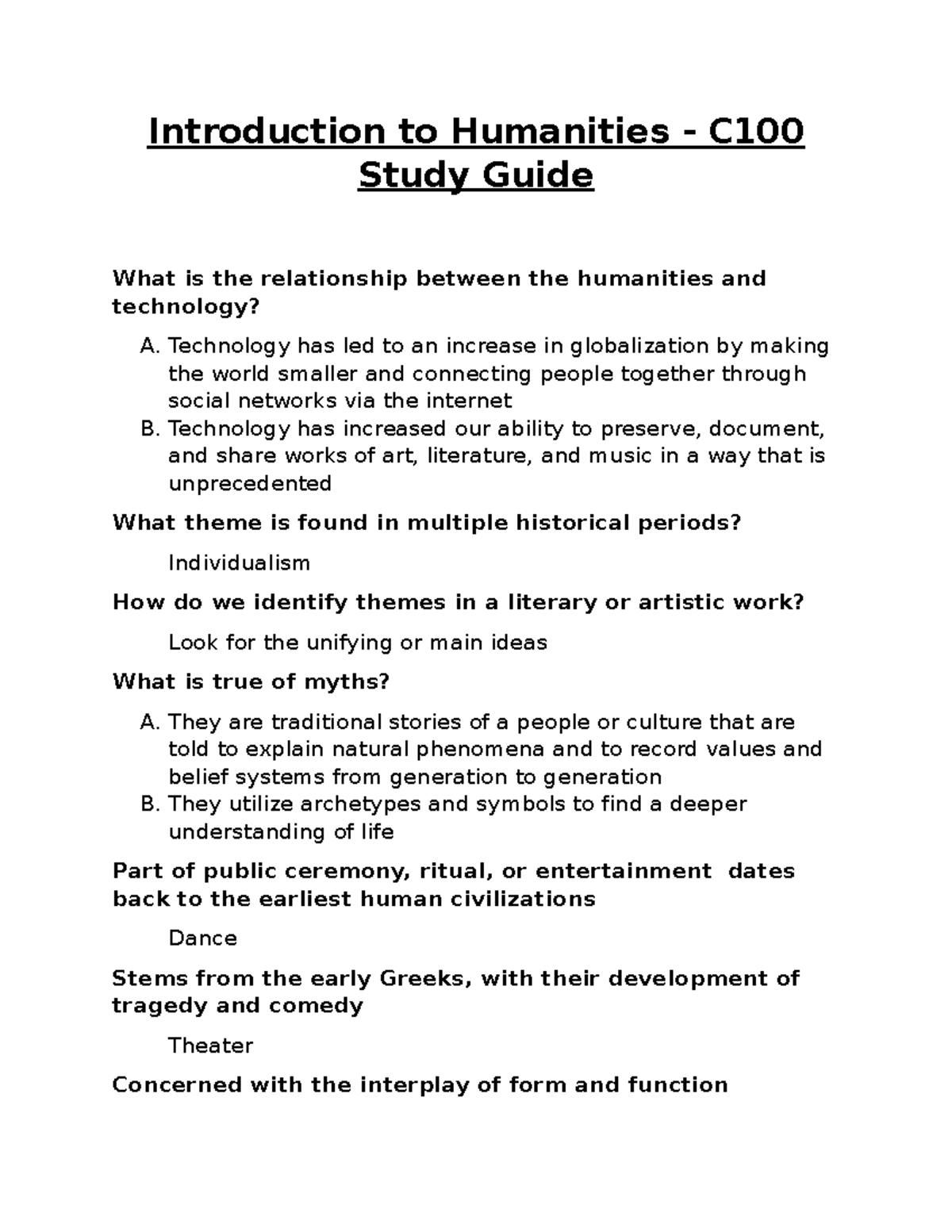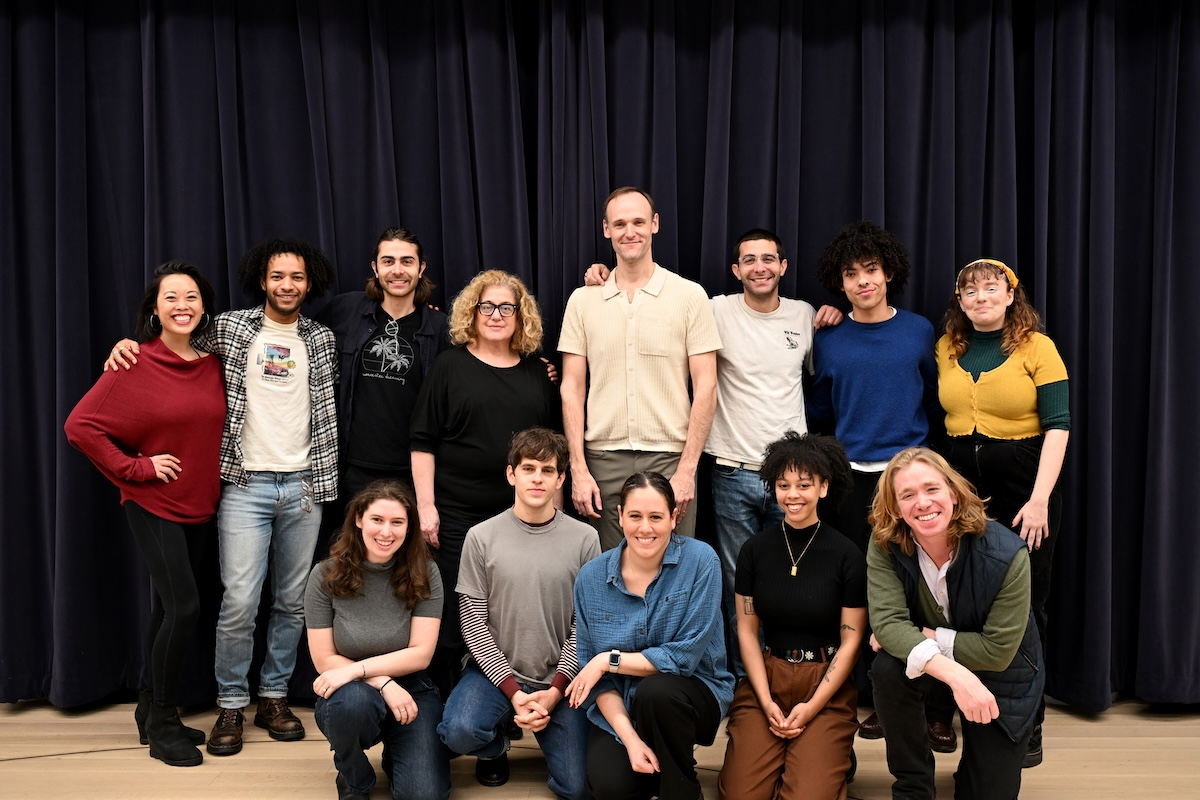AI in photojournalism is revolutionizing the way we capture and interpret our world through images. As artificial intelligence rapidly evolves, it presents photojournalists with both major challenges and exciting opportunities, fundamentally altering the landscape of visual storytelling. With the potential to preserve photo archives and enhance the impact of AI on journalism, this technology could be pivotal in helping professionals tackle the numerous challenges faced in today’s fast-paced media environment. However, the ethical implications surrounding AI’s use in photography—particularly concerning authenticity and misinformation—must be carefully navigated. By harnessing the capability of AI, photographers can not only ensure their legacies are preserved but also push the boundaries of what storytelling can achieve in the digital age.
The integration of innovative technologies in image-making, particularly artificial intelligence, is reshaping the domain of photojournalism as we know it. This modern approach to visual communication offers significant benefits, such as streamlining the cataloging and preservation of photographic archives, thereby enhancing the narrative strength of visual reports. Yet, with advancements come inherent challenges, including the ethical considerations of maintaining credibility and combating misinformation in news media. By leveraging AI’s analytical capabilities, photographers can navigate these complexities while reinforcing the authenticity of visual narratives. As the lines between reality and generated content blur, understanding AI’s role becomes crucial in preserving the integrity and future of journalistic images.
The Role of AI in Modern Photojournalism
AI’s integration into photojournalism has sparked a dialogue about its potential benefits and drawbacks. At its best, AI can enhance the storytelling aspect of photography, offering tools that automate tedious tasks such as sorting and cataloging vast archives of images. This method preserves historical records and makes them more accessible to both journalists and the public. By utilizing AI in this way, photojournalists can focus more on creative aspects while ensuring that an organization’s visual heritage is maintained. The conversation around AI in photography also raises critical questions about the future of visual storytelling and how technology can co-exist with traditional photojournalism.
However, with these advancements come challenges. The emergence of AI-generated images introduces complications like misinformation and copyright violations. Many photojournalists express concerns that AI tools could be used to create misleading or entirely fabricated images that undermine the integrity of real journalism. Therefore, while AI presents opportunities for innovation, the photojournalism industry must concurrently prioritize the ethical use of technology, balancing creativity with the need to uphold trustworthiness in visual communications.
Preserving Photo Archives with AI Technology
Preserving photo archives has become an urgent issue for photojournalists worldwide. Many invaluable images documenting critical historical events remain neglected in private collections or are at risk of being lost to physical decay. The incorporation of AI presents an opportunity to manage these collections more effectively. AI-driven systems can analyze and categorize vast amounts of digital imagery, ensuring that these significant visual records do not fade into obscurity. By leveraging AI technology, archivists can create searchable databases that allow future generations to engage with and learn from the rich visual history captured by photojournalists.
Moreover, AI can enhance the quality of preservation efforts by recovering lost details in photographs. Advanced AI models can restore old images, removing noise and correcting colors, which can breathe new life into archives that are too often treated as mere relics of the past. This not only serves to honor the photographers’ work but also ensures that their narratives are accessible and impactful for contemporary audiences. Hence, utilizing AI in the realm of photo archives not only safeguards the past but also enriches the storytelling capabilities of current and future photojournalists.
Challenges Faced by Photojournalists in the Era of AI
As the landscape of photojournalism evolves with AI, several challenges emerge that demand attention. One major issue is the erosion of trust in visual media. With AI generating hyper-realistic images that are indistinguishable from traditional photographs, the potential for misinformation increases dramatically. This creates a paradox for photojournalists, who are tasked with maintaining credibility while digital manipulation technologies proliferate. The responsibility to discern truthful representations becomes increasingly difficult, putting pressure on photojournalists to ensure their work unequivocally reflects reality.
Additionally, the impact of AI on personalized storytelling cannot be ignored. While AI presents opportunities to enhance visual narratives, it can also threaten the unique perspectives and styles of individual photographers. The homogenization of pictures generated through algorithmic processes can lead to a lack of diversity in visual storytelling. Photojournalists must find ways to resist these trends, ensuring that their creative identities are maintained amidst an evolving technological landscape. Addressing these challenges requires ongoing dialogue within the industry to foster resilience and adaptation.
Visual Storytelling with AI: The Future Ahead
Visual storytelling stands at a crossroads with the rise of AI technology. As photojournalists incorporate AI tools into their workflows, there is an exciting possibility that these technologies can enhance the depth and complexity of narratives conveyed through photographs. AI can assist in identifying and highlighting significant elements within images, illuminating stories that might otherwise go unnoticed. This fosters a richer dialogue with the audience, allowing a deeper connection to the events captured.
However, it’s imperative to remain vigilant about the implications of AI in storytelling. The ease with which an AI can fabricate or alter a visual narrative poses ethical dilemmas that need careful consideration. As photojournalists experiment with AI applications, they must be guided by core principles such as authenticity and responsibility. Balancing innovation with integrity will ensure that the future of visual storytelling remains rooted in the core values of journalism, ultimately fortifying the trust of audiences and preserving the truth behind the images presented.
The Impact of AI on Journalism: A Double-Edged Sword
AI presents a double-edged sword for journalism, particularly in the field of photojournalism. On the one hand, it offers tools that can streamline workflows, enhance productivity, and improve overall efficiency. AI can be instrumental in quickly sorting through large volumes of images, enabling journalists to focus on storytelling and making impactful visual choices. This efficiency is vital in a fast-paced news environment where time is often of the essence.
On the other hand, the risks associated with AI technology cannot be underestimated. Concerns about AI-generated misinformation, copyright infringements, and the potential for losing the human touch in storytelling loom large. Journalists must actively engage in conversations about these ethical implications, ensuring they remain at the forefront of the evolving landscape. By understanding and navigating these complexities, photojournalists can harness the power of AI while still committing to the essence of credible journalism.
AI and Photography: Redefining the Craft
The advent of AI technology is redefining the craft of photography in profound ways. Traditional methods of capturing images are increasingly supplemented with AI-enhanced tools that allow photographers to experiment with new photographic techniques and styles. As AI enables artists to push the boundaries of their creativity, we are witnessing a renaissance in visual art forms, leading to exciting new genres and expressions. This integration fosters a vibrant ecosystem where technology and artistry converge, energizing the photography landscape.
However, this evolution brings with it an imperative for photographers to adapt and evolve their skill sets. As AI becomes more integrated into the photographic process, professionals must stay abreast of emerging trends and tools to maintain their relevance in the industry. Photographers must strike a balance between embracing technological advancements while also honing their artistic instincts and technical skills. The continuous interplay between AI and photography will shape not only the craft itself but also how audiences connect with images in the future.
Ethics of AI in Photojournalism: Navigating the Minefield
Ethical considerations play a crucial role in the integration of AI within the realm of photojournalism. The capacity of AI to alter imagery introduces significant dilemmas regarding authenticity and representation. Journalists must grapple with the implications of AI-generated content, particularly as the distinction between reality and fabrication blurs. There is an urgent need for guidelines that govern the ethical use of AI in photography, ensuring that the integrity of visual storytelling is upheld.
Moreover, the issue of authorship and ownership becomes complicated with the rise of AI tools. Photojournalists must advocate for their rights and the rights of the subjects they photograph, particularly in an age where imagery can be easily manipulated. As the photojournalism community engages in this vital conversation, establishing standards and practices that honor the values of truth and authenticity will be essential for ethically navigating the challenges presented by AI.
The Future of AI in Journalism: Opportunity or Threat?
Looking forward, the future of AI in journalism is filled with both opportunities and threats. AI can streamline workflows, enhance efficiency, and provide new storytelling avenues that were previously unimaginable. The technology can bring a wealth of data-driven insights to journalists, equipping them to craft compelling narratives that resonate with audiences in a visually engaging manner. As media consumption continues to evolve, AI can serve as a transformational tool in meeting the changing demands of viewers.
Nonetheless, the threats posed by AI in journalism must not be overlooked. With the potential for misinformation spreading rapidly through AI-generated visuals, the responsibility of journalists to discern and verify the authenticity of images becomes even more crucial. Balancing the potential benefits of AI against these risks will require ongoing dialogue, vigilance, and a commitment to journalistic integrity. As we explore the implications of AI, embracing innovation while upholding the core values of journalism will be essential for the future.
Engaging Communities in the AI-Driven Future of Journalism
As AI continues to reshape journalism, engaging communities becomes paramount for a successful transition into this new era. Media organizations must work collaboratively with audiences, fostering trust and transparency about the role of AI in storytelling. Engaging community members in discussions about ethical considerations and the impact of AI on the content they consume can bridge the gap between technology and public perception. It’s crucial for journalists to maintain open lines of communication to build confidence in the use of AI as a tool for enhancing storytelling rather than misleading viewers.
Additionally, incorporating feedback from diverse audiences will ensure that the narratives produced are representative and inclusive. By valuing community input and perspectives, photojournalism can remain relevant in a rapidly evolving media landscape. Embracing collaboration and dialogue will significantly contribute to establishing a thriving ecosystem where AI enhances rather than dominates the art of visual storytelling.
Frequently Asked Questions
What is the impact of AI on journalism, particularly in photojournalism?
The impact of AI on journalism, especially photojournalism, is multifaceted. On one hand, AI poses challenges such as the rise of misinformation through generated images and copyright issues. On the other hand, it presents opportunities for photojournalists to preserve and organize vast archives of visual history more effectively. The integration of AI can enhance storytelling by analyzing complex contexts in photos, thereby enriching the narrative without compromising visual truth.
How can AI help preserve photo archives in photojournalism?
AI can play a crucial role in preserving photo archives in photojournalism by optimizing the organization, cataloging, and contextualization of images. As many vital images are often neglected, AI technologies can assist in making these visual stories discoverable and meaningful. By employing AI tools, photojournalists can maintain the integrity of their archives while ensuring that their work is accessible and preserved for future generations.
What challenges does photojournalism face with the advent of AI and photography?
Photojournalism faces numerous challenges with the rise of AI and photography. These include concerns over authenticity, as AI-generated images can be indistinguishable from real photographs, potentially eroding public trust. Additionally, issues surrounding copyright and the unauthorized use of photographers’ work for training AI models pose significant risks. The need to adapt and address these challenges while leveraging AI’s potential for archiving and storytelling is essential for the future of photojournalism.
How does AI influence visual storytelling in photojournalism?
AI influences visual storytelling in photojournalism by enabling deeper insights from photos, allowing for a richer understanding of the context, emotions, and settings involved in an image. By analyzing complex narratives within photographs, AI can help uncover layers of meaning that might not be immediately apparent to viewers. This enhances the storytelling process, making it more immersive and engaging, while also helping journalists preserve the integrity of the images they present.
What are the ethical considerations of using AI in photojournalism?
The ethical considerations of using AI in photojournalism revolve around issues of trust, authorship, and copyright. As AI technologies can create realistic images without human oversight, there is a risk of misrepresentation and misinformation. Furthermore, the potential for AI to scrape personal work for training without consent raises significant moral and legal questions. Ethical use of AI must prioritize the preservation of authenticity and respect photographers’ rights and legacies while exploring innovative ways to enhance storytelling.
| Key Points |
|---|
| AI’s Impact on Photography |
| Concerns about copyright and misinformation are prevalent in photojournalism due to AI. |
| AI presents a duality: a threat to and a potential support for photojournalists. |
| Kira Pollack is exploring how AI can help preserve the visual archive of photographers. |
| AI could potentially enhance engagement with photo archives, making them more discoverable. |
| Core values of photography—truth, authorship, and memory—must guide the use of AI. |
Summary
AI in Photojournalism is rapidly evolving, presenting both challenges and opportunities for visual storytellers. As Kira Pollack highlights, while AI threatens the very integrity of photography through potential misinformation and copyright issues, it also holds the promise of preserving vast archives of visual history. By leveraging AI tools responsibly, photojournalists can enhance the accessibility of their work and maintain a connection to the truth, memory, and authorship inherent in their craft. This nuanced approach positions AI not as an adversary but as a collaborator in safeguarding the legacy of photojournalism.



